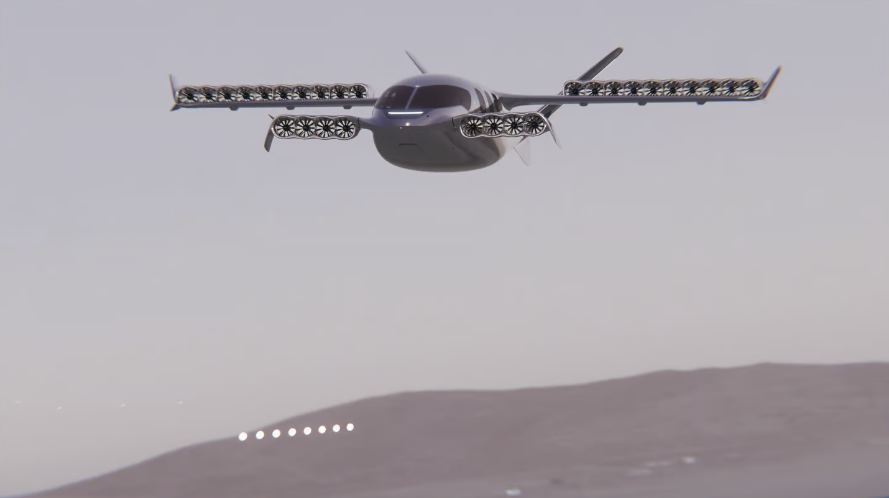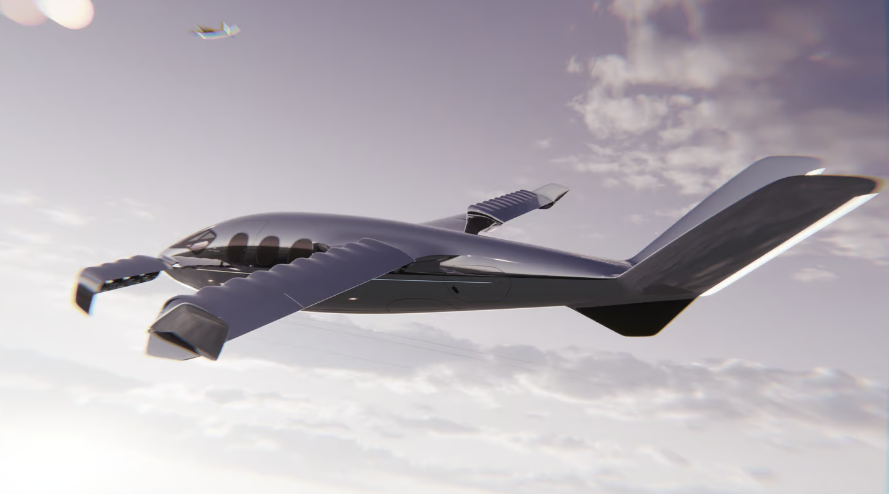By Tom Ammundsen
Swiss startup Sirius Aviation has officially launched its Sirius Jet, the hydrogen-powered vertical take-off and landing (VTOL) aircraft.
The Sirius Jet has been designed in collaboration with BMW Designworks, the Sauber Group and Leonardo Aerostructures.

The Sirius Jet will be powered by a hydrogen propulsion system that uses a hydrogen storage system that offers “higher energy density and rapid refuelling capabilities,” which the manufacturer claims will allow for longer flight distances than gaseous hydrogen or batteries, without adding extra weight. Water is the sole by-product of electricity generation in the fuel- cell stack, released from the aircraft through the exhaust system, making the aircraft a more sustainable flight option than conventional engines.
The plane will come with 28 ducted fans, 10 on each wing and four on each canard (the small wings in front of the main wing). Each fan will be powered by an individual motor.

Sirius Aviation’s CEO, Alexey Popov has confirmed that the hydrogen-electric powertrain is 70% ready and tested “to technology readiness level 7”, which means that the system is “operating in intended environment at pre-commercial scale.”
The Sirius VTOL promises a range of up to 1150 miles, which Sirius Jet says that it “far exceeds the capabilities of fully electric eVTOLs, which typically max out at around 150 miles”. The Jet is billed to “achieve a cruise speed of 515km/h” which is “three times faster” that an eVTOL, claims the manufacturer, adding that the aircraft is designed to operate “at about the same noise level as a dishwasher”.
Sirius plans to launch two configurations of the aircraft in 2025: the three-pax Sirius Business Jet and the five-pax Sirius Millenium Jet.

